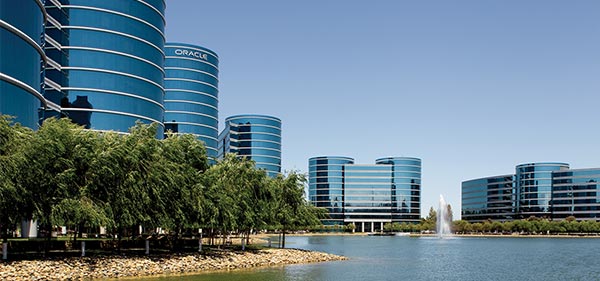“Like all great ideas it was conceived over a beer and executed over coffee,” says John Bishop, the joint founder and co-CEO of Pet Rescue. “A couple of friends and I were sitting in a bar back in 2003 and we came up with the idea, had a look around and there was no-one doing it in Australia at the time.”
John was talking to Decoding the New Economy at last week’s AWS Re:Invent conference in Las Vegas where he some time to explain how Pet Rescue uses the web to connect prospective pet owners with rescue shelters.
“Basically we help people find rescue pets in need of adoption,” John explains. “We work with the vast number of rescue groups in Australia. By rescue groups I mean pounds, shelters, vet clinics and foster care networks. There’s about 950 of those in Pet Rescue at the moment.”
Rabbits, guinea pigs and rats
The system allows accredited animal rescue services to list the pets they have available for adoption, “primarily cats and dogs but also rabbits, guinea pigs, pigs, chickens, there’s even one rat we’ve rehomed,” John laughs.
John was working as an IT manager with a consulting business on the side in 2004 when the site launched. “We didn’t know if it would work but I had the idea in my head the whole time I was building it that if one pet found a home rather than being killed then it would be worthwhile.”
“From day one I designed Pet Rescue to be as hands off as possible, once the members had access to it they could upload their own photos and things like that. It wasn’t groundbreaking in 2003 but it wasn’t that common”
“One of the biggest problems we faced in those early days was many of the rescue groups didn’t have digital cameras. So we did a promotion with a bunch of Kodak digital cameras that had been donated to us and gave them to the groups.”
A problem of scale
The site was quickly a success but that came with issues, particularly when the site was mentioned in the press or had a lot of social media attention. “Eventually we hit problems as I had gave no thought of architecting a site that would scale.”
While that scaling process didn’t go without problems, the service now sits in the public cloud with AWS so the Pet Rescue team can get on with connecting pets with owners, and John expects to help rehouse four thousand pets by the end of the year.
“Our challenge at the moment is we have a weird supply and demand problem happening, we have half a million unique visitors a month and helping rehome about five to six thousand. Another challenge is we’re still working on an old model of handling enquiries about the pets.”
“Our goal is to get to the point where we rehome 200,000 pets a year. Right now we’re looking at 90,000. It’s a bit of a magic number because that’s the number of pets that are unnecessirly killed each year so if we can get to that two hundred thousand we can zero that out.”
Finding funding
The bigger task for Pet Rescue is to find funding with the organisation as John doesn’t believe paid registration for the rescue groups or users is the best thing for the site, “we want to have as few barriers as possible,” he says.
Currently the service earns some money from advertising with some corporate partnerships in the pipeline. “We need money, it costs a lot to keep the site up and costs a lot for development.”
While many startups and corporations talk about using tech for good, Pet Rescue’s and John Bishop’s mission of ending unnecessary deaths of unplaced pets is a genuine worthy cause. By making it easier for companion animals to be adopted by the right households shows what technology can do.
Paul travelled to Las Vegas and the Re:Invent conference as a guest of Amazon Web Services.




